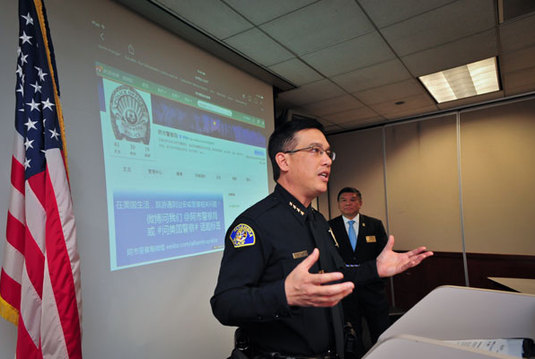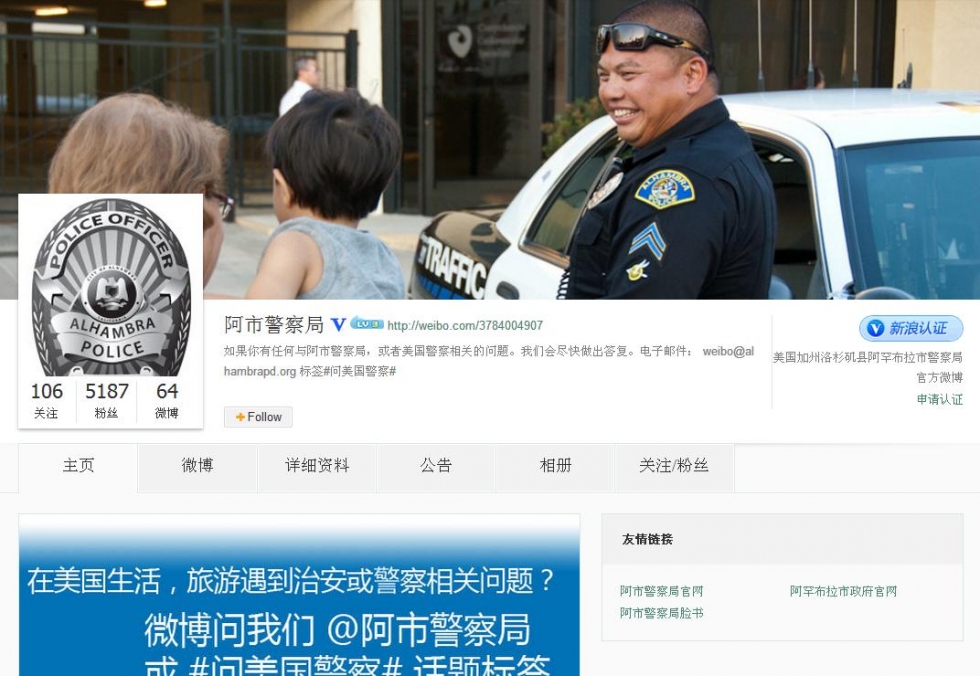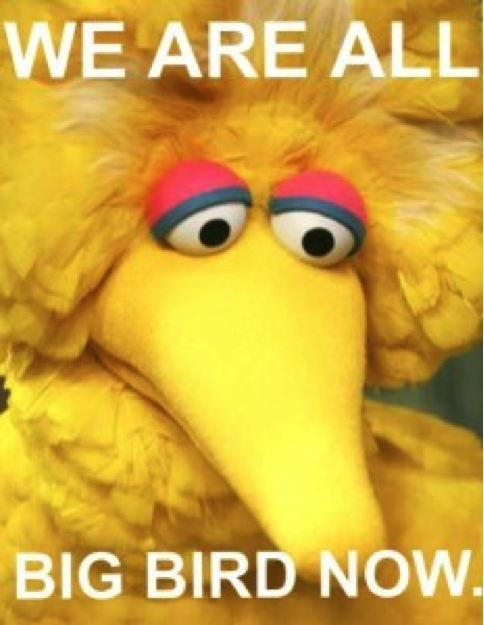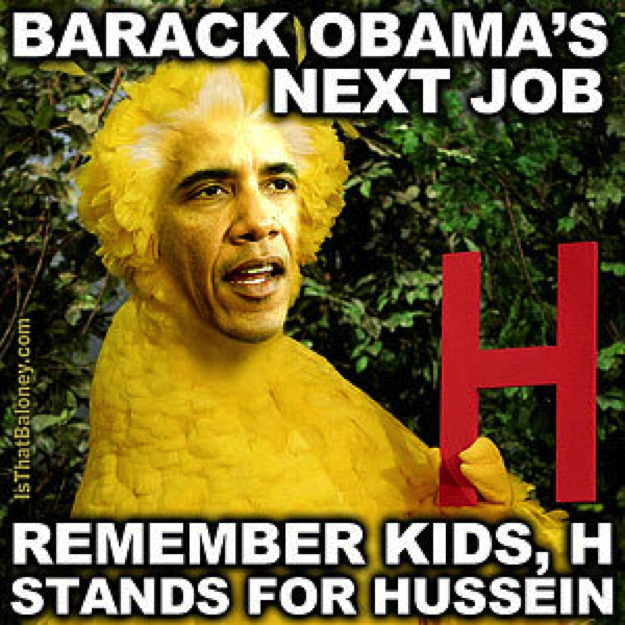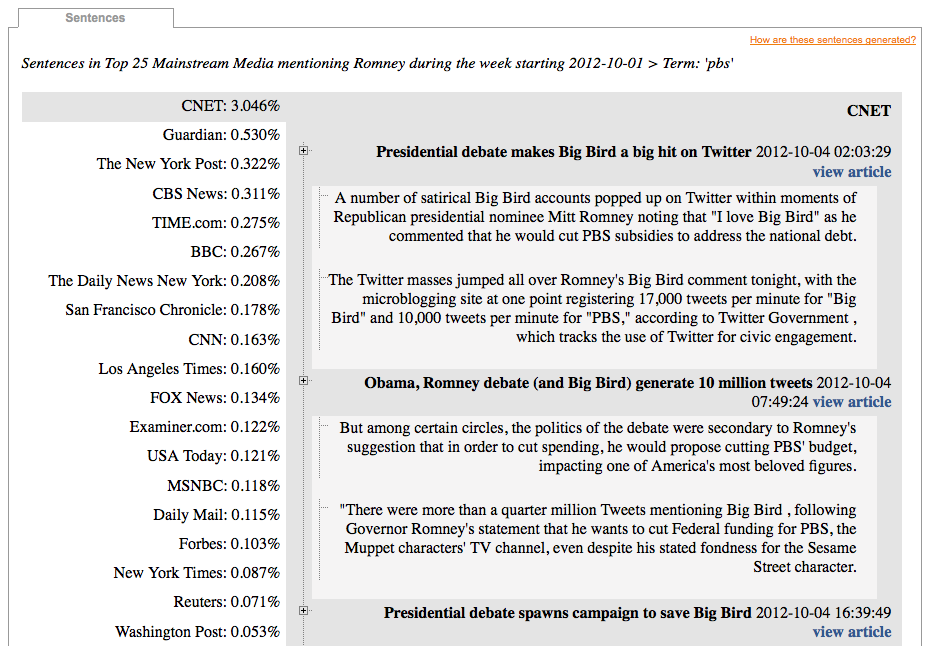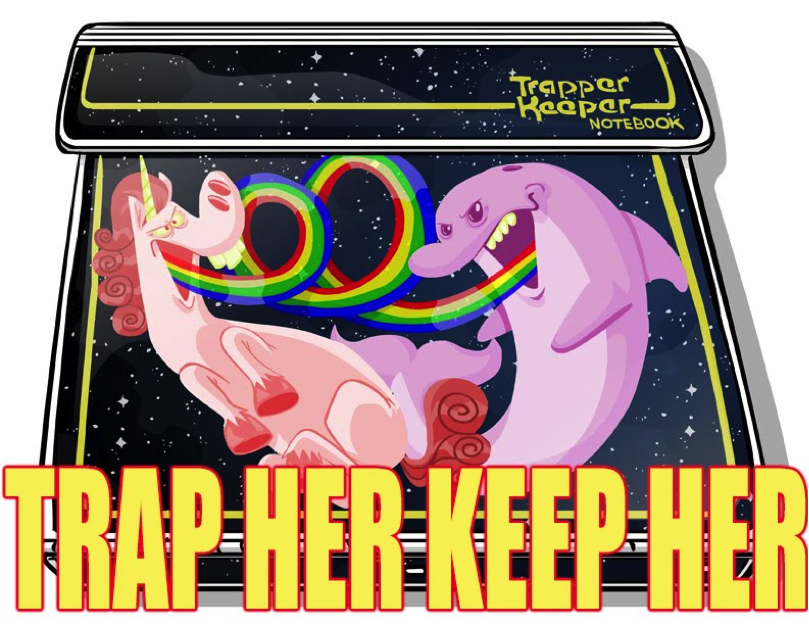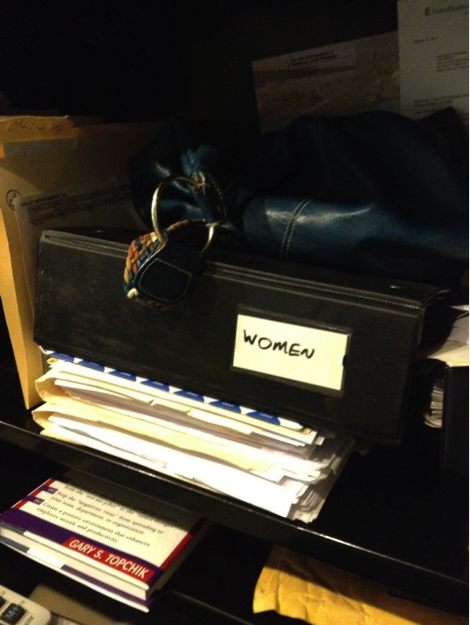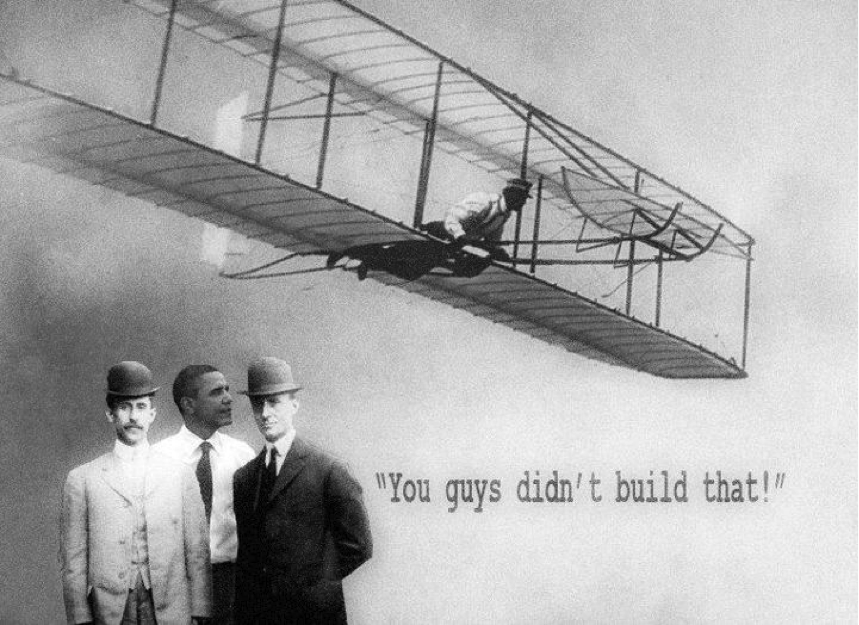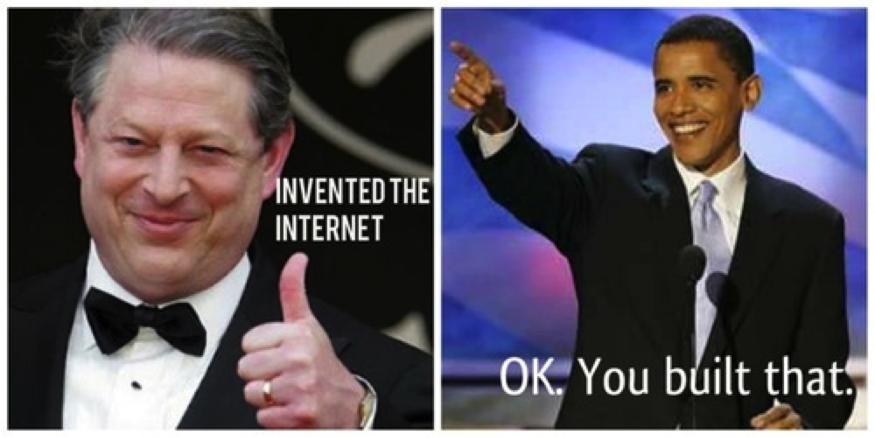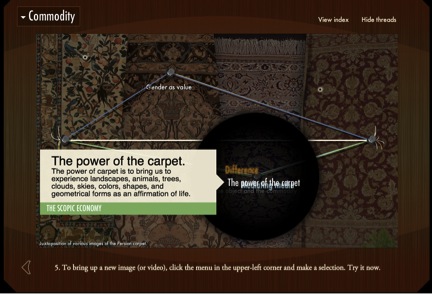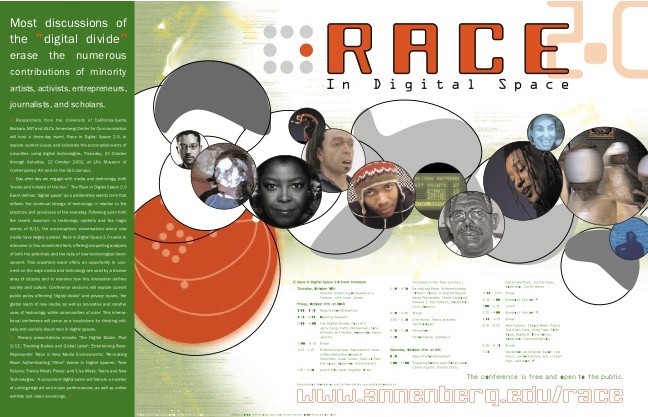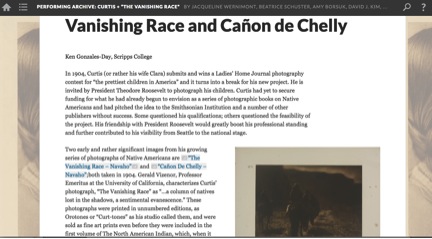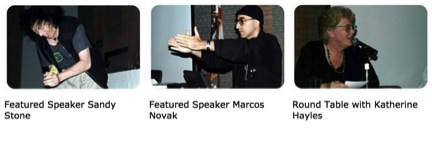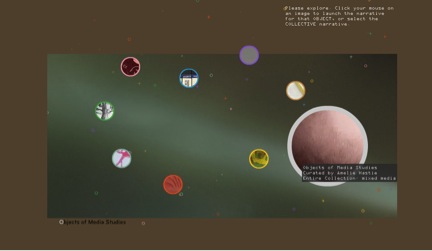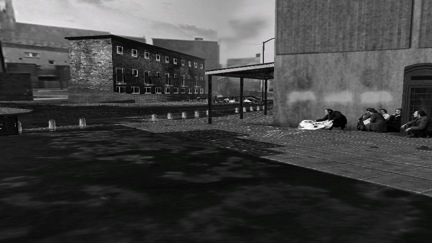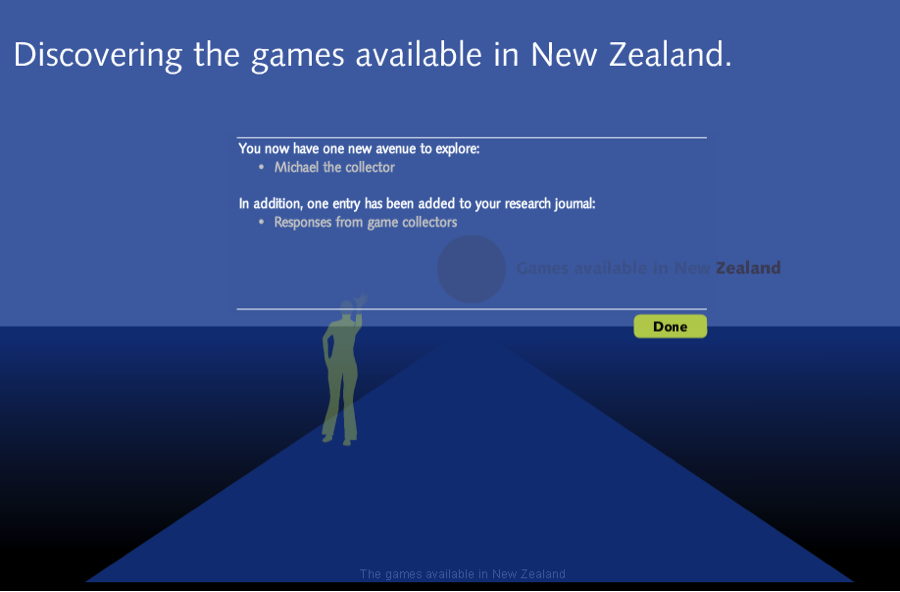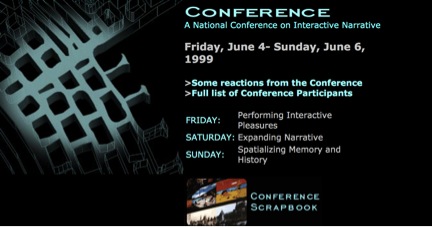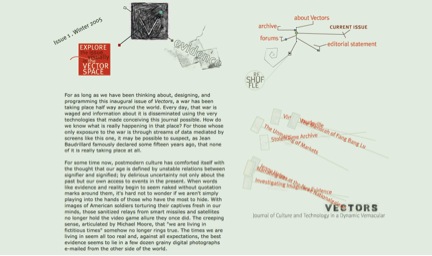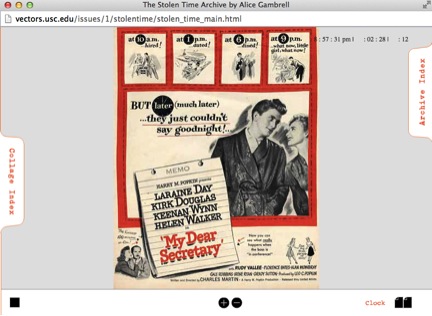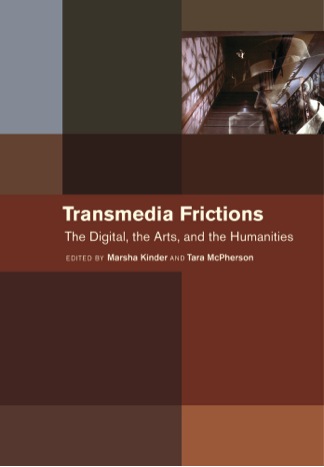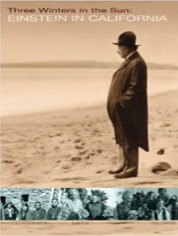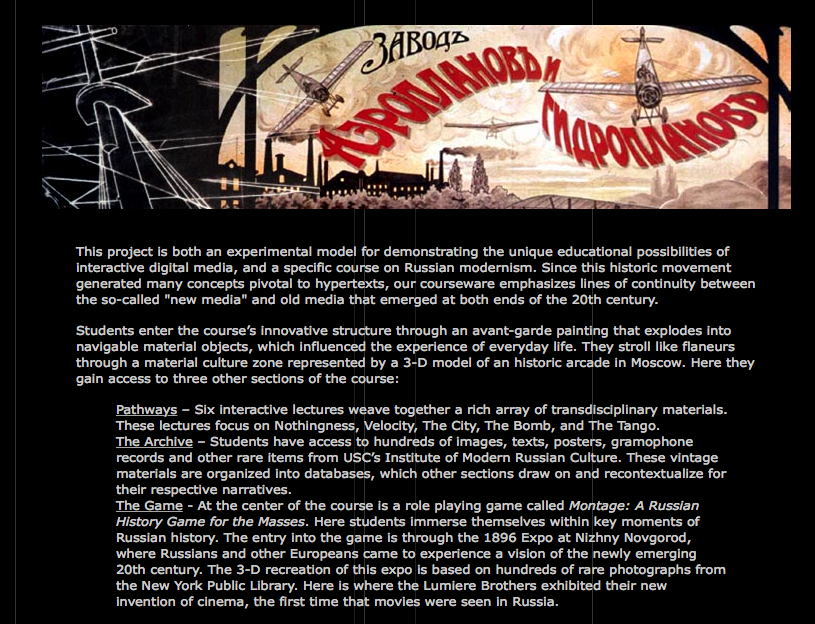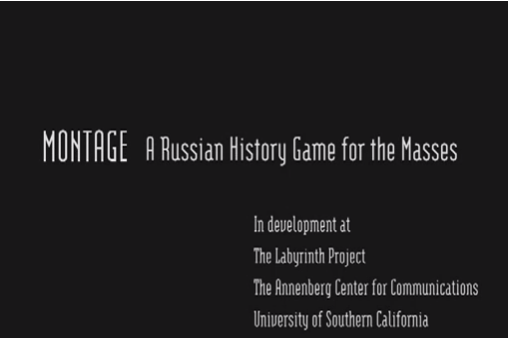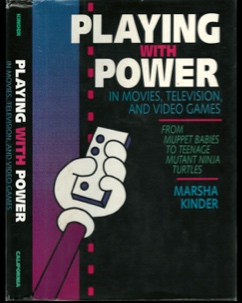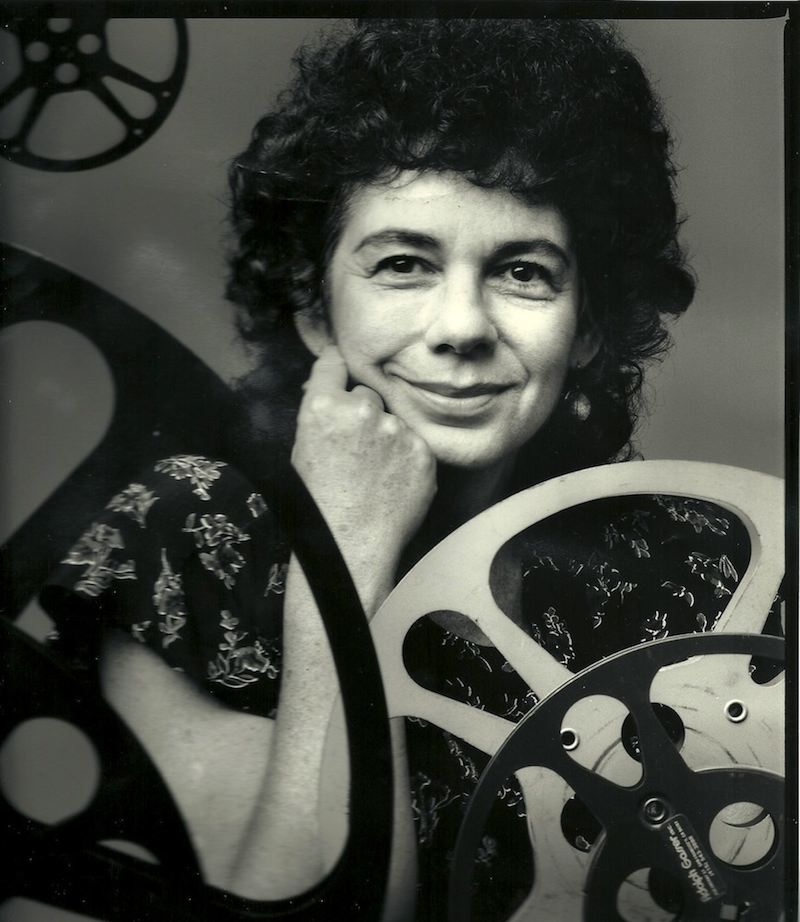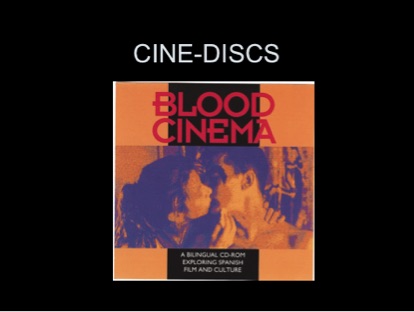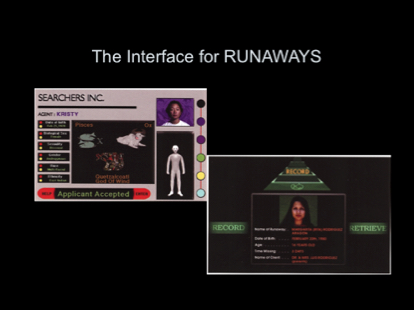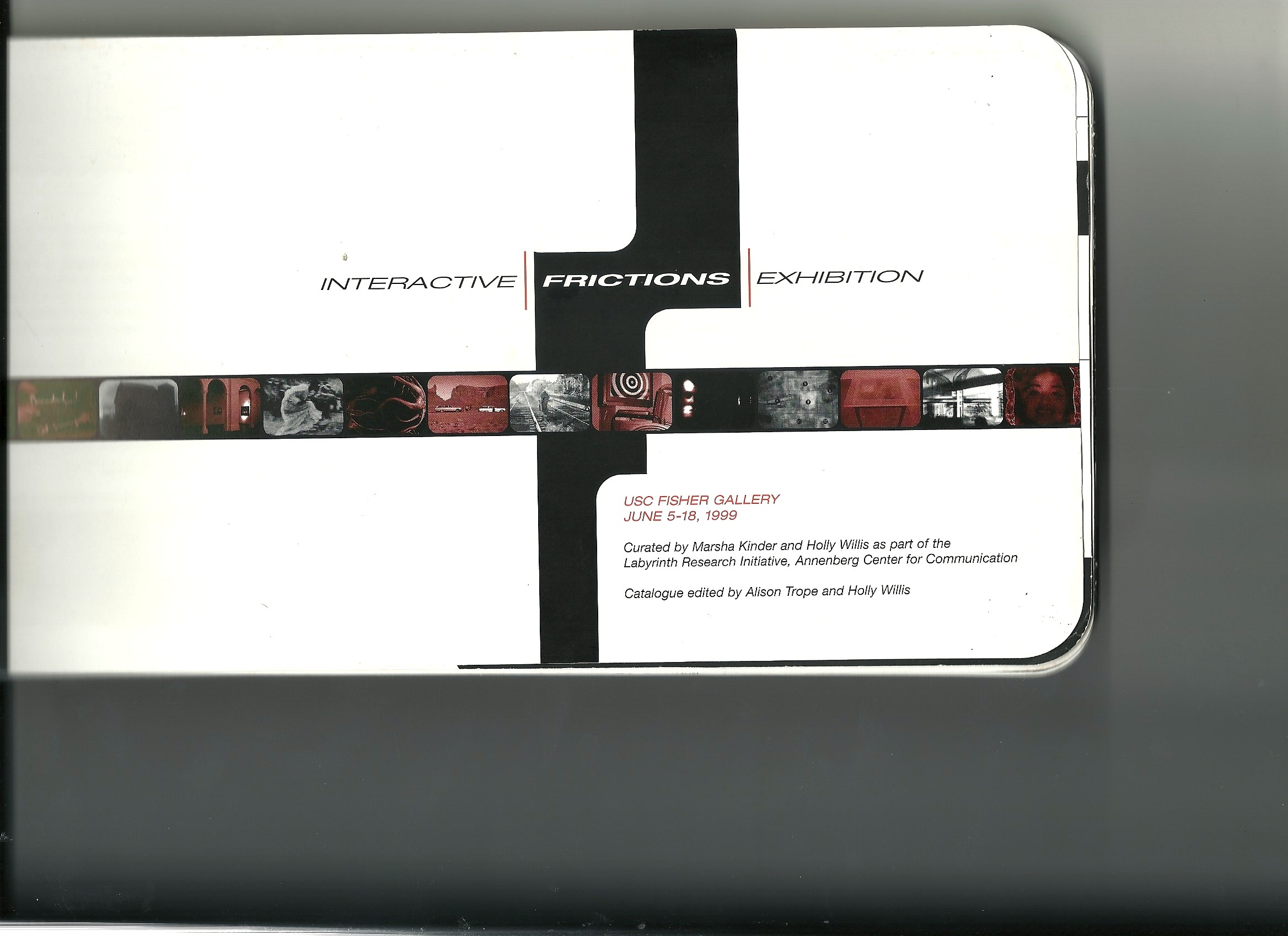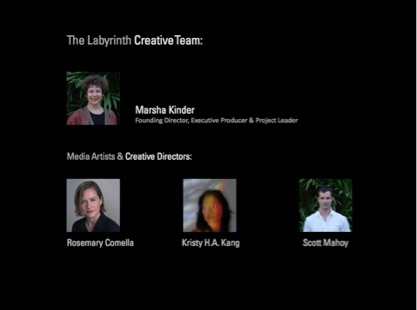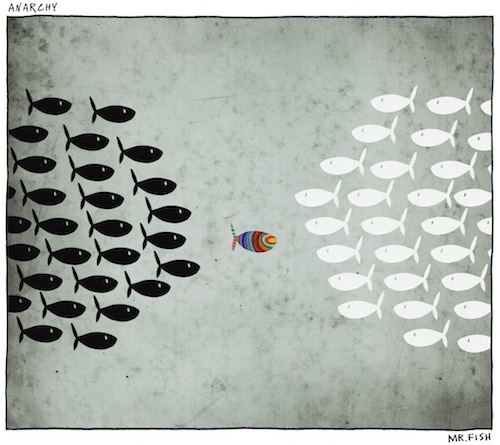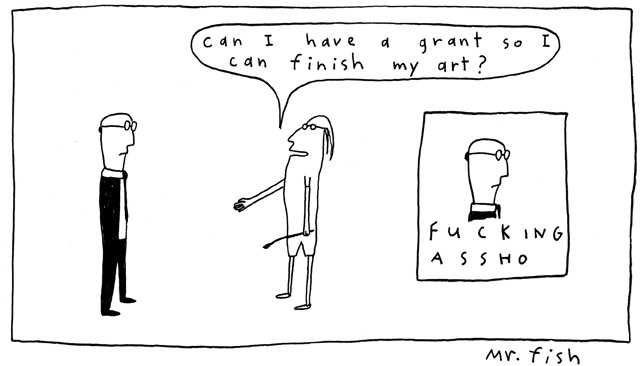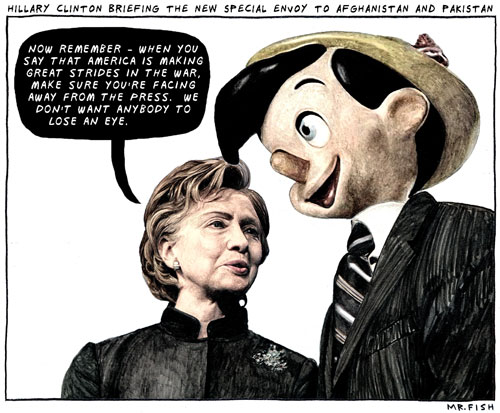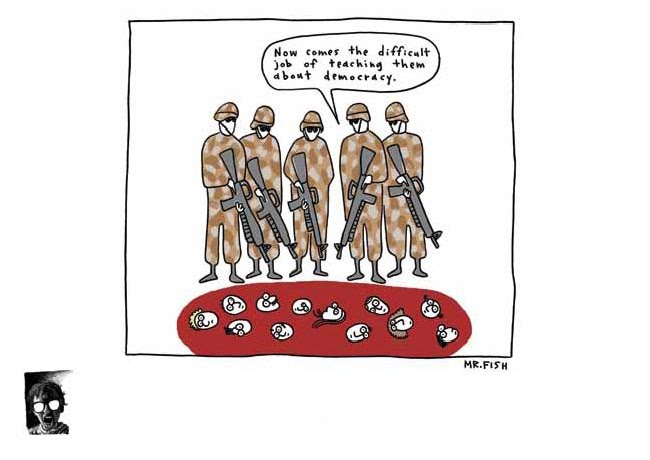Showcasing The Civic Media Project (1): Website to Weibo
/Over the next few posts, I will be showcasing the Civic Media Project website, which Eric Gordon and Paul Mihailidis, the Director and Associate Director, respectively, of Emerson College's new Engagement Lab, launched a few weeks ago. The website was developed as an extension of a new book, Civic Media: Technology, Design, Practice , which MIT Press is are releasing later this year. My Media, Activism, and Participatory Politics research team has written an essay for the MIT Press book, which centers on the ways that the figure of the superhero has function as a resource for fostering the civic imagination, looking at examples of how such characters have been critiqued, remixed, reimagined, and re-performed across a range of different activist movements -- from the DREAMers to Occupy -- in recent years. (You can get a taste of our approach via this blog post we recently developed in collaboration with Fusion). The forthcoming book includes essays by some of the key thinkers on contemporary media and politics and we will be hearing more about it via this blog when the book is released. As they were preparing the book, the editors solicited dozens of case studies, representing political movements from around the world, and written by scholars representing a broad range of disciplinary and ideological locations, and they have used the Civic Media Project website as a platform for generating discussion around these examples. Here's how Gordon and Milhailidis described their understanding of the concept of Civic Media:
Civic life is comprised of the attention and actions an individual devotes to a common good. Participating in a human rights rally, creating and sharing a video online about unfair labor practices, connecting with neighbors after a natural disaster: these are all civic actions wherein the actor seeks to benefit a perceived common good. But where and how civic life takes place, is an open question. The lines between the private and the public, the self-interested and the civic are blurring as digital cultures transform means and patterns of communication around the world.
As the definition of civic life is in flux, there is urgency in defining and questioning the mediated practices that compose it. Civic media are the mediated practices of designing, building, implementing or using digital tools to intervene in or participate in civic life. The Civic Media Project (CMP) is a collection of short case studies from scholars and practitioners from all over the world that range from the descriptive to the analytical, from the single tool to the national program, from the enthusiastic to the critical. What binds them together is not a particular technology or domain (i.e. government or social movements), but rather the intentionality of achieving a common good. Each of the case studies collected in this project reflects the practices associated with the intentional effort of one or many individuals to benefit or disrupt a community or institution outside of one’s intimate and professional spheres.
The editors have given me permission to re-post a selection of the pieces in the hopes that giving you a taste will encourage you to hit this link and check out the site as a whole. Given their involvement not only in participatory politics but also media literacy and civic education, they have also developed a learning guide to encourage educators to incorporate these resources into their teaching and to inspire thoughtful conversations about the role that new media platforms and practices might play in contemporary political life. I strongly encourage my readers interested in new forms of political expression to check out and drill deep into this site's rich collection.
Today, I am going to feature a report developed by some of my colleagues here in USC's Annenberg School of Communication and Journalism -- Daniela Gerson, Nien-Tsu Nancy Chen, Sandra Ball-Rokeach, and Michael Parks. "Website to Weibo" describes some of the work they have been doing working with the Chinese-American community in Alhambra, California.
WEBSITE TO WEIBO:
ACTIVATING THE LOCAL COMMUNICATION NETWORK AND CIVIC ENGAGEMENT IN A DIVERSE CITY
Daniela Gerson, Nien-Tsu Nancy Chen, Sandra Ball-Rokeach, and Michael Parks
Elections were canceled in the predominantly immigrant Los Angeles suburb of Alhambra in 2010. Nobody entered the race to unseat five incumbents. The city faced a challenge that is increasingly common across the United States: How to engage diverse residents and instill in them a sense of community (Ramakrishnan and Bloemraad 2008).
Two years earlier, a research group from University of Southern California’s Annenberg School for Communication and Journalism began investigating how a local news product could improve civic engagement in Alhambra. The group, the Alhambra Project, defined civic engagement in three ways – residents’ feelings of attachment to their local community and neighborly behaviors (neighborhood belonging), their belief that neighbors can be counted on to solve shared problems (collective efficacy), and their involvement in civic activities (civic participation). This research was informed by the communication infrastructure theory (CIT), which elucidates the role of networked local communication agents (e.g. residents, local media, community organizations and public institutions) in enhancing engagement (Kim and Ball Rokeach 2006a, 2006b).
Within weeks of the elections being cancelled, the Alhambra Project launched the Alhambra Source. This local news outlet was set up to achieve several objectives, principally to promote a more engaged population and create connections across linguistic and cultural barriers (Chen et al. 2012). Alhambra is 53 percent Asian, 33 percent Hispanic, and 11 percent Anglo, according to the American Community Survey 2012 3-year summary data. Seventy-five percent of the population speaks a language other than English at home, with nearly half speaking an Asian language — primarily Mandarin or Cantonese — and 30 percent speaking Spanish. Research indicated that residents had overlapping local interests, but ethno-linguistic barriers had prevented them from engaging in information-sharing and civic dialogue. Without this type of communication, it is difficult to develop a sense of community and the capability for collective problem-solving (Anderson 1991, Friedland 2001). Consequently, the site’s coverage has focused on topics diverse residents identified as common concerns – such as crime, education, and city government — and these topics provided the basis for building virtual “communities of interest” across ethnicities.
To further cross language and cultural barriers, Alhambra Source provides select trilingual content through original reporting and translation. To reach the area’s substantial Chinese population, Alhambra Source editors created connections with the Chinese ethnic media in the area. More than a half dozen Asian outlets covered the site’s launch; content exchanges were created with the leading Chinese language press in Southern California, World Journal; and the editorial staff hosted multilingual community forums. Within three years, the site has developed a network of 90 community contributors who speak 10 languages. They have written hundreds of articles, attended scores of editorial meetings, and been critical for meeting the objective of enabling participatory local storytelling through new technologies. Still, while content contributors and readership comes from diverse backgrounds, both groups remain primarily English dominant.
Another objective was to help create connections among communication agents in the area, and this has led to one of the most interesting outcomes of the project. The strengthened communication network was the catalyst for the first US local law enforcement agency to launch a Sina Weibo account. Weibo is the Chinese equivalent of Twitter, and one of the most utilized social media platforms by Chinese at home and abroad1. The Alhambra Police Department, in launching its Weibo account, added a linguistic and cultural layer to a practice that public agencies across the country are increasingly adapting to reach marginalized residents.2
The use of Weibo is an example of how connecting with immigrant residents via their preferred social media platforms can impact civic engagement. Five days after launching, it attracted more than 5,000 followers, about five times the “likes” for the Facebook account the police department had spent more than a year building. Within four months, followers grew to more than 11,000. The immediate impact is clear: Cantonese and Mandarin calls to the department requiring translation increased 64 percent since launching.3 In an e-mail survey of users, more than 90 percent said they felt closer to and know more about local policing as a result of Weibo[i].
The Weibo initiative was triggered after Alhambra Police Chief Mark Yokoyama read an article in Alhambra Source on engagement techniques to reach the Chinese community.4 The chief asked for a meeting with the editorial staff and the author, courts interpreter and site community contributor Walter Yu. To reach younger and more recent immigrants, Yu suggested the department develop Weibo. He also offered to help make it happen by sharing his social media skills.
While many of the recent Chinese immigrants in Alhambra did not read the site, some influential ones did. Yu is an example of how incorporating local voices into the communications outreach strategy can help activate and enhance Chinese local storytelling and connect it with mainstream outlets and government officials. The Alhambra Source, Yu and the police chief developed a system for taking in questions, translating them, and sharing them with the public, and Yu also created an #AskAmericanPolice campaign for the Alhambra Police Department. When questions arrive, at the height of dozens a day, Yu and a team of volunteer translators[ii] translate them into English and send them to the police chief. Yokoyama responds and sends them to Alhambra Source staff for a copy edit. Once approved, Yu translates them back into Chinese for Weibo and for cross-posting on the Alhambra Source.
The Alhambra Police Weibo is both local and global in nature. The questions come from immigrants living in Alhambra, Los Angeles, across the country, and from people in China curious about how American policing works. Various local residents expressed relief, and sometimes surprise, to learn that they could actually call the police for help.
“We’re answering those questions that have probably been on the minds of people for a long time. They just didn’t know how to ask or who to ask,”Yokoyama said.
“It tells me people have some sense of trust in at least asking the question of the police.”5
With the dialogue also started to come tips, as the police realized this was a key population segment that could be activated to help solve crimes. When there was a Southern California Edison phone call scam, the police department put out a warning on Weibo. Soon people were reporting that they had been scammed. Others reported prostitution and drug sales. “I believe sometimes people are just afraid to report to the police because of repercussions,” Yu said, referring to different relationships with the police in China.6
The impact of the Weibo initiative has spread beyond social media to provide a bridge for the ethnic media to increase coverage of the police department and Alhambra. One prominent LA-based Asian-language TV station, for example, produced a feature story by shadowing the Alhambra police department for a day. The Weibo initiative is one of the many ways in which the Alhambra Project has put into practice the network perspective of CIT, where a participatory local news website helps forge connections between a key public agency and a major population group previously underserved due to ethno-linguistic barriers. As illustrated, this type of virtual connection has offline consequences, and it can be beneficial to creating an informed, active citizenry while enabling public institutions to better serve their diverse constituency.
References
Anderson, Benedict. 1991. Imagined Communities: Reflections on the Origin and Spread of Nationalism. New York: Verso.
Chen, Nien-Tsu N., Fang Dong, Sandra J. Ball-Rokeach, Michael Parks, and Jin Huang. 2012. "Building a new media platform for local storytelling and civic engagement in ethnically diverse neighborhoods." New Media & Society 14 (6) (September): 931-950.
Friedland, Lewis A. 2001. "Communication, community, and democracy: Toward a theory of the communicatively integrated community." Communication Research 28 (4) (August): 358-391.
Kim, Yong-Chan, and Sandra J. Ball-Rokeach. 2006a. "Community storytelling network, neighborhood context, and civic engagement: A multilevel approach." Human Communication Research 32 (4): 411-439.
Kim, Yong-Chan., Joo-Young Jung, and Sandra J. Ball-Rokeach. 2006b."'Geo-ethnicity' and neighborhood engagement: A communication infrastructure perspective." Political Communication 23 (4) (December): 421-441.
Ramakrishnan, S. Karthic, and Irene Bloemraad, eds. 2008. Civic Hopes and Political Realities: Immigrants, Community Organizations, and Political Engagement. New York: Russell Sage Foundation.
Sandra Ball-Rokeach is a Professor of Communication and Sociology in the Annenberg School for Communication and Journalism, at the University of Southern California. She is also the Principal Investigator of the Metamorphosis Project. Sandra is author or editor of six books: Violence and the Media (with R. K. Baker), Theories of Mass Communication (with M. L. DeFleur), The Great American Values Test: Influencing Belief and Behavior through Television (with M. Rokeach & J. W. Grube), Media, Audience and Society (with M. G. Cantor), Paradoxes of Youth and Sport (with M. Gatz and M. Messner), and Technological Visions: The Hopes and Fears that Shape New Technologies (with M. Sturken and D. Thomas). Her published articles appear in such journals as Communication Research, Journalism Quarterly, Mass Communication and Society, American Sociological Review, Public Opinion Quarterly, Journal of Communication, New Media and Society, Social Problems, and The American Psychologist. She has been co-editor (with C. R. Berger) of Communication Research from 1992 to 1997, a Fulbright scholar at the Hebrew University and a Rockefeller Fellow at the Bellagio Study Center. She also serves on the advisory boards of the McCune Foundations, Southern California Public Radio, and the Research and Learning Group, BBC World Service Trust.
Nien-Tsu Nancy Chen is an Assistant Professor in Communication at California State University Channel Islands. She was a Postdoctoral Scholar in the Annenberg School for Communication and Journalism at the University of Southern California when this chapter was composed, and she has been involved with the research and development of the Alhambra Source since 2008. In addition to new media, civic engagement and intergroup relations, Nancy's other research interest pertains to health communication with diverse populations.
Daniela Gerson directs the Civic Engagement and Journalism Initiative at University of Southern California’s Annenberg School for Communication and Journalism. She is the founding editor of Alhambra Source, and developed Reporter Corps, a program to train young adults to report on their own communities. Daniela’s reporting focuses on immigration issues, and she has contributed to the Financial Times Magazine, The New York Times, PRI’s The World, Der Spiegel, WNYC: New York Public Radio and was a staff immigration reporter for the New York Sun. Daniela was an Alexander von Humboldt Foundation German Chancellor Fellow and an Arthur F. Burns Fellow, researching contemporary guest worker programs in Europe.
Michael Parks is a journalist and educator whose assignments have taken him around the globe, and whose "balanced and comprehensive" coverage of the struggle against apartheid in South Africa earned him the 1987 Pulitzer Prize for International Reporting. From 1997-2000, Parks served as editor of the Los Angeles Times, a period during which the Times garnered four additional Pulitzer Prizes. Parks joined the USC Annenberg faculty in Fall 2000 and served as Director of the School of Journalism from 2001 to 2008.



